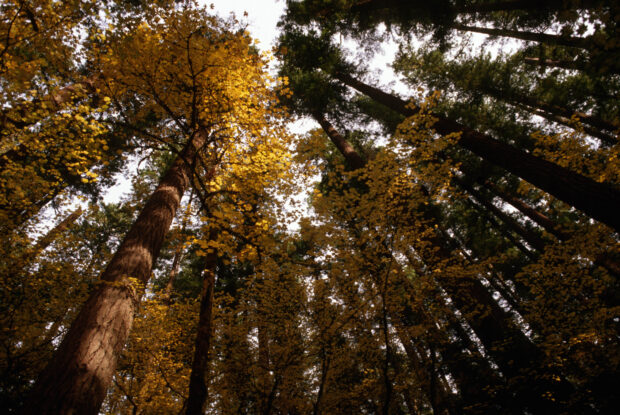We all know the intangible benefits that old growth forests provide: they inspire artists, poets, writers, and photographers– and are places for solace, reflection, spirituality, and healing.
But older forests also supply numerous tangible benefits, such as clean drinking water for millions of people, habitat for more than 3,000 species of wildlife and plants, and the ability to absorb carbon, which helps address the climate crisis.
The extensive root systems of older forests help to filter rain, prevent erosion, and reduce the risk of flooding in watersheds across the country. And forests help to boost rural economies by supporting recreation activities such as hiking, camping, bird watching, hunting, and fishing.
But our older forests are in trouble. They are threatened by drought, insects, disease, megafires, and other impacts from climate change.
That’s why the U.S. Forest Service proposed changes to the management of old forests. The goal is to develop ecologically appropriate management strategies to promote healthy and climate-resilient forests.
The plan prohibits cutting old growth for purely economic reasons, but would still allow interventions to improve forest health. It encourages adaptive management practices that give flexibility as conditions change on the ground.
This plan promotes community-led collaboration to develop place-based stewardship because a one-size-fits-all approach will not work. And it mandates active monitoring, so that land managers know what is and is not working.

To succeed, the plan must include the best available science combined with place-based Indigenous Knowledge accumulated over millennia. A recent report from Indigenous practitioners, the Forest Service, and researchers from Oregon State University and the University of Washington demonstrated just how important that pairing is to maintain and enhance old forests.
In addition to braiding Western Science and Indigenous Knowledge, the Forest Service should expand the use of tools such as cultural burning and prescribed fire, and increase funding for innovative and collaborative approaches to forest management.
Although the work is not yet finished, we applaud the Forest Service for its proactive plan to conserve old growth forests and ensure they are managed so they can survive and thrive in our changing climate. Our wildlife, our water supplies, outdoor recreationists, and rural communities are counting on healthy, resilient forests for generations to come.
This article by Mary Jo Brooks was first published by The NWF Blog on 30 July 2024. Lead Image: Pacific Fisher. Photo credit: Ken Canning.
What you can do
Help to save wildlife by donating as little as $1 – It only takes a minute.





Leave a Reply